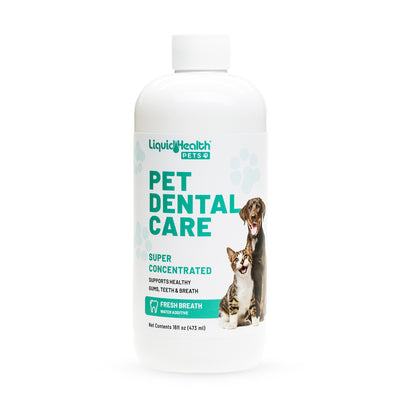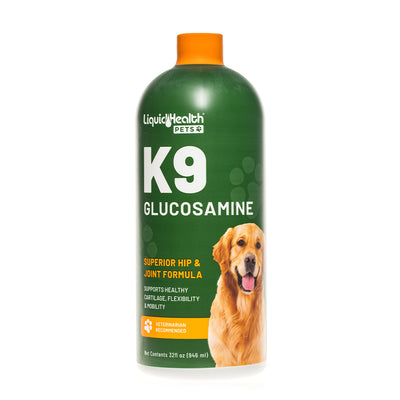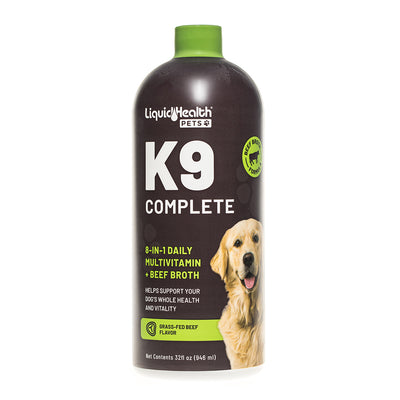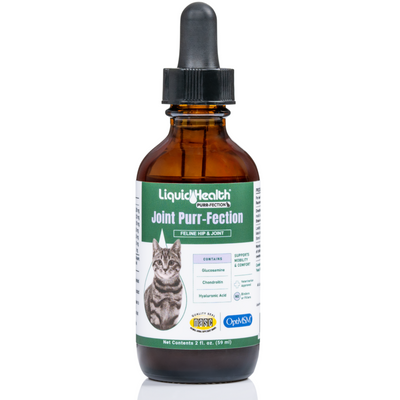Many people like to take vacations, especially around the holiday season, and want to take their pets with them. However, how do you endure that you can take your pet on the flight with you? Continue reading to learn more about flying with your pet.
What Airline Should You Choose?
When you are determining which airline you should choose to book your flight for you and your pet, there are some things that you should keep in mind. Each airline has it's own policy for allowing pets aboard flights. Here are some of the requirements:
- American Airlines: There is a $125 fee per kennel for carry-on. There is a $200 dollar fee for flying your pet as cargo.
- Delta Airlines: They also offer carry-on for $125 per kennel. However, you cannot have your pet fly in the cargo bay. Instead, you will have to ship your pet through Delta Cargo.
- JetBlue Airways: To fly carry-on, you will need to pay $100 each way. They also do not allow pets to fly in the cargo hold.
- Southwest Airlines: They have a cheaper price for carry-on at $95 each way but do not allow pets to fly in the cargo area.
- United Airlines: They offer carry-on for pets at $125 each way as long as they meet requirements. They do allow cats and dogs who cannot fit in the cabin to fly through their PetSafe program.
The American Kennel Club has a full list of requirements for these airlines on their website.
Cargo Hold vs Cabin
Depending on the size of your pet, you might be able to have them with you in the cabin on the flight. Most airlines will allow pets that are at least 10 weeks old and weigh 20lbs including their kennel. However, you will have to call ahead to book your flight if you plan to take your pet. If your pet is flying with you, you need to make sure that you know the rules and regulations for your airline.
If your pet is going to be flying in the cargo hold, you want to make sure that they will have enough room in their crate. You also want to make sure that they have a small amount of water. One way to best do this is to put ice in a container that flows into a bowl. This will give your pet a flow of water over time and limit the number of spills.
When To Fly?
After you have chosen the airline and where your pet will be flying, it is important to choose when you should be booking your flight. The Humane Society reminds pet owners that "some animals are killed, injured or lost on commercial flights each year. Excessively hot or cold temperatures, poor ventilation, and rough handling are often to blame." This does not mean that it is unsafe, however, you should still be cautious.
To avoid your pet being exposed to extreme temperatures, book your flight in the morning or at night if it will be hot. If it is going to be a colder flight like traveling in winter, book your flight for mid-day to make it a little warmer. Avoid flying with your pet around the holiday season as best as you can as with all the chaos throughout the airline, rough handling becomes more common.
American Humane recommends that you try to book direct, non-stop flights and to inform the flight attendants if your pet is in the cargo hold. This way, you can better ensure that your pet will have a smooth flight.
Prepare Your Pet
Visit Your Vet
Many airlines will require a note or certificate from your vet stating that your pet is healthy enough to fly aboard the flight regardless of if they are in the cabin or not. These notes could be a month old or even 10 days old depending on the airline. If they require a more recent note and you have a long trip, you might have to visit a vet while on vacation.
Crate Training

Regardless of where your pet is flying, they will have to spend the flight inside of their crate. That is why it is important to make sure that they are accustomed to it and have no problem spending a lot of time inside of it.
It is also important to make sure that the crate is safe for your pet. The International Air Transport Association has these guidelines for choosing a carrier.
- The container should be durable
- Has strong handles with one on top and one on the side
- The bottom should be leak-proof and padded with absorbing-material
- It should have ventilation on both sides
- Have a sign with "Live Animal" on it and have the owners correct information on it.
They have many more requirements along with a guide to how big the carrier should be for your pet. You can find these on their website here.
Separation Anxiety
This is a condition in dogs where a dog shows signs of distress or behavioral problems when away from their guardian. Although it is less common, cats can also experience separation anxiety. This can happen if they are flying in the cargo hold of the plane. To help pets cope with separation anxiety, you can add comforting toys or blankets in their kennel. You can also place one of your recently worn articles of clothing in the kennel too as your scent may be comforting to them. It is important to not overcrowed their carrier so your pet does not overheat. Check out this article for more information on How Separation Anxiety Affects Your Dog.
Food
When it comes time for your flight, you want to make sure that your pet is on an empty stomach or an almost empty stomach. That way, if they get sick from the air, there will be less of a mess to clean up if they vomit. As previously mentioned you can also put ice in a container so they have a steady flow of water throughout the flight.
Sedatives
These are calming agents that can be very beneficial for your pet. If they are traveling in the cargo bay, you can give it to them before you get to the airport or just before you part ways. If your pet is with you in the cabin, you can give it to them mid-flight if needed. You can get sedatives online from many sources. Be sure to check with your vet before getting one for your cat or dog as they might have a specific brand or form that is catered to your pet. It is also vital to make sure that you are giving your pet the proper dosage by following the directions on the bottle and always consulting with your vet.
Here at Liquid Health, we manufacture our K9 & Kitty Calmer for pets. While this product is not a sedative, the ingredients have a calming effect on cats and dogs and can be very helpful in putting your pet at ease while traveling.
Conclusion
Flying with your pet may seem like a daunting task at first, but it is important to remember that you both can make it safe if you follow these steps. Be sure to also follow any rules and regulations that the airline has. For more information about K9 & Kitty Calmer, please visit our website to learn more.
Sources:
https://www.akc.org/clubs-delegates/government-relations/government-relations-blogs/flying-pet-check-airlines-policies/
https://www.humanesociety.org/resources/travel-safely-your-pet-car-airplane-ship-or-train
https://www.americanhumane.org/fact-sheet/traveling/?gclid=Cj0KCQiAtrnuBRDXARIsABiN-7DWgvdLQWXtYB9fhpPfllEjYQmuzTVcfe4Crq-Fd-EcEoOXLSSAnd8aAuh_EALw_wcB
https://www.iata.org/whatwedo/cargo/live-animals/pets/Pages/index.aspx





